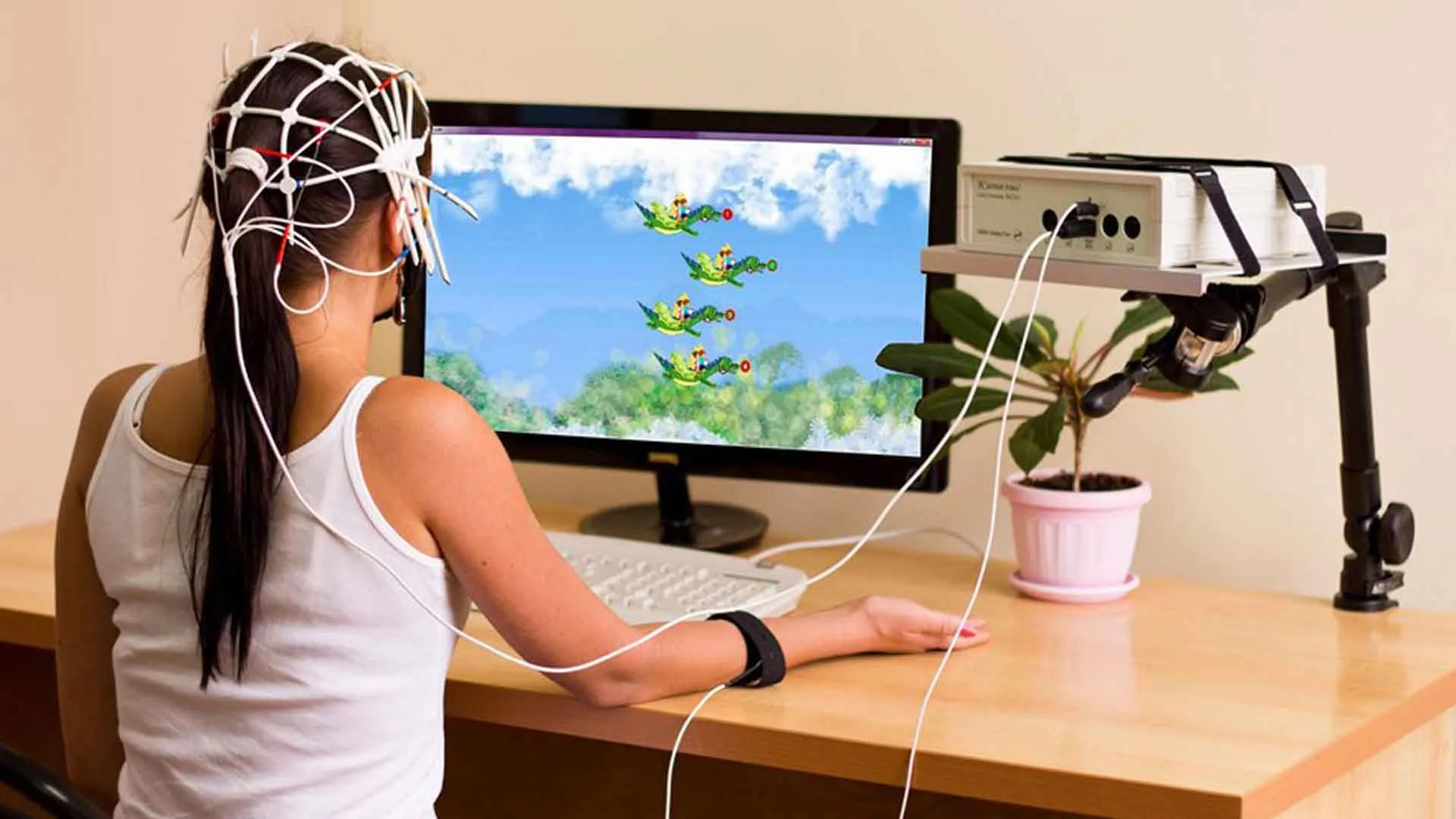Hello!
Are you new to the medical term “neurofeedback therapy?” Has it been suggested as a treatment for you or a loved one? If so, you probably have many questions, like “What does it involve?” or “How does it work?”
What is neurofeedback therapy?
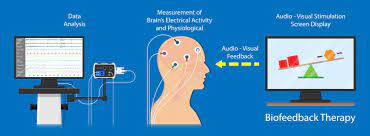 The goal of neurofeedback therapy is to train the brain to self-regulate better. Just like the body can perform better with exercise and training, so can the brain.
The goal of neurofeedback therapy is to train the brain to self-regulate better. Just like the body can perform better with exercise and training, so can the brain.
Neurofeedback therapy provides the optimal training conditions to improve brain performance.
Here’s how it works. Brain mapping first identifies areas of strength and weakness and a treatment plan is then formulated.
In each treatment session, specific brain activity is monitored in a non-invasive way (non-invasive rays therapy has been on a surprising rise in the last decade). Information about brain performance is fed back in real-time to the patient via audio and video. This helps the brain adjust itself to better performance. It’s important to note that neurofeedback is always comfortable and relaxed for the patient.
 Here’s an example of how it works in a clinic. A patient sits comfortably watching a video of a favorite show. Their brain activity is being monitored via EEG.
Here’s an example of how it works in a clinic. A patient sits comfortably watching a video of a favorite show. Their brain activity is being monitored via EEG.
When the brain does something right, the patient is rewarded with clearer audio and video. Conversely, when the brain is not performing well, a clear picture or sound is lost. Over a course of treatments, the brain is trained to self-regulate better.
Is it new?
Neurofeedback is a relatively new treatment. Its benefits are already backed by a large body of scientific evidence, however. If you are interested in reading about neurofeedback in scientific literature, the Journal of Child Psychology and Psychiatry, and Applied Psychophysiology and Biofeedback are helpful resources.
What conditions can it treat successfully?
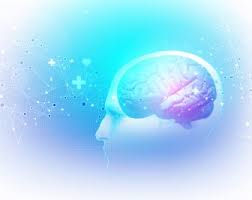 Neurofeedback therapy is now being used to treat a range of conditions with good results. It is an excellent, non-medicated way of treating ADHD.
Neurofeedback therapy is now being used to treat a range of conditions with good results. It is an excellent, non-medicated way of treating ADHD.
Mental health conditions such as anxiety and depression can also be improved using neurofeedback therapy. Brain networks connected with mood can be strengthened, which should reduce depressive or anxious episodes.
It is also used to treat addictions, sleep problems, memory loss, and more.
Some people use neurofeedback therapy not as a treatment for a condition. They use it to improve cognitive performance, sharpen memory, or heighten focus with a range of tasks of mind. They might be looking for ways to get further in their career or to improve sports performance, for instance.
Why does it work?
Neurofeedback therapy works because it harnesses the brain’s ability to self-regulate. The human brain is capable of improving its own performance when given the right training. The NASA-patented technology used in neurofeedback therapy provides very targeted training on the specific areas of the brain that need improvement.
Why is brain mapping required?
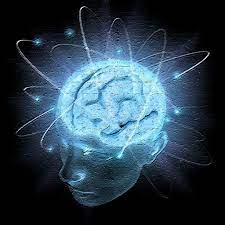 As mentioned before, brain mapping is used prior to treatment. This involves using EEG equipment to pinpoint where in the brain there is little or more activity than we might expect. If electrical activity in particular areas is outside what is considered normal, then this could be causing problems.
As mentioned before, brain mapping is used prior to treatment. This involves using EEG equipment to pinpoint where in the brain there is little or more activity than we might expect. If electrical activity in particular areas is outside what is considered normal, then this could be causing problems.
Brain mapping is a very helpful tool for people who suspect they have a mental health condition but are struggling to identify exactly what it might be. But, even if you have been diagnosed with a condition, brain mapping will always be used to create the optimal treatment plan for your unique brain.
How long does a course of treatments take?
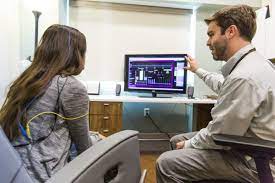 A neurofeedback therapy treatment usually takes around 45 minutes with 30 minutes directed to brain training and 15 minutes for setting up and discussions with patients.
A neurofeedback therapy treatment usually takes around 45 minutes with 30 minutes directed to brain training and 15 minutes for setting up and discussions with patients.
Treatment plans will always vary from patient to patient. A patient’s brain is learning and improving its skills. The pace of this learning can differ greatly from person to person. The end goal is also important; some people will have further to go than others to get there.
A full package of treatment usually involves around 20 sessions, but a patient can need more. The results are long-term when the treatment is thorough and comprehensive. That said, most patients can begin to experience positive change after just a few sessions.
Are there any side effects?
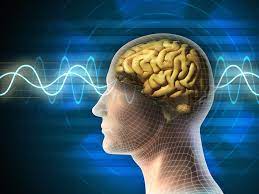 Neurofeedback therapy is non-invasive. Only monitoring of brain activity occurs; nothing is transmitted to the brain. Both of these factors mean that it is a very safe treatment.
Neurofeedback therapy is non-invasive. Only monitoring of brain activity occurs; nothing is transmitted to the brain. Both of these factors mean that it is a very safe treatment.
Fatigue is possible. Just like your body tires after exercise, so might your brain. This should pass quickly.
Neurofeedback is safe for all age groups, including children. Many parents opt to treat their child’s ADHD with neurofeedback therapy as an alternative to medication that has many potential side effects.
Can I use other therapies, too?
Yes. Neurofeedback therapy is very effective when used alongside counseling. If you are using medication, you can also use this therapy but you should make sure you discuss it with all professionals involved in treating your condition. This is because your dosage may need to be altered to get the best results from both.
Where can I get neurofeedback therapy?
 Most patients go to a specialist clinic for their treatment. This is not an unpleasant experience, even for those who dislike hospital settings. Because the treatment is non-invasive, it can take place in comfortable, calm and pleasant surroundings. It will likely be a relaxed experience.
Most patients go to a specialist clinic for their treatment. This is not an unpleasant experience, even for those who dislike hospital settings. Because the treatment is non-invasive, it can take place in comfortable, calm and pleasant surroundings. It will likely be a relaxed experience.
Some clinics can come to you with their equipment, to your home or office, for the most private, VIP treatment.
Where can I find out more?
If you would like to know more about neurofeedback therapy and if it would benefit you, then it is best to approach a clinic in your local area. They can advise you on what treatment looks like in that clinic and how they might devise your treatment plan. Be sure to discuss your plans with other professionals involved in your treatment and care so that you can continue to get the best from their expertise, too.
- How Can Therapy Helps You Become A Better Startup Leader?
- The Role of Psychiatrist in Child Therapy
- CBT Techniques: A Comprehensive Guide To Cognitive Behavioral Therapy
- Which Treatment Is More Suitable For You: Physical Therapy Or Chiropractic?
- Benefits of Telehealth for Home Health Therapy
Thank you!
Join us on social media!
See you!

